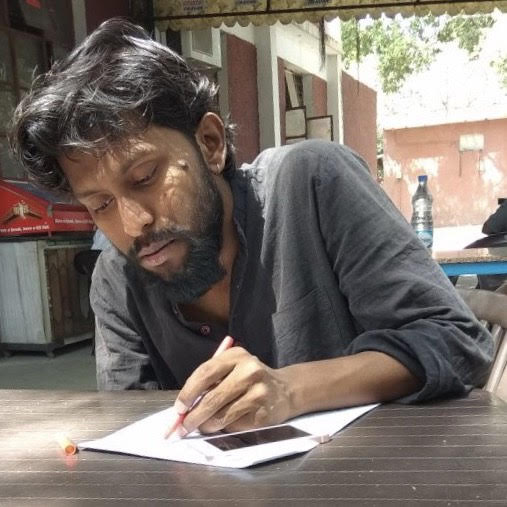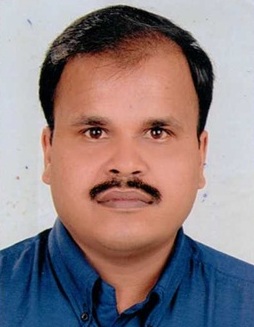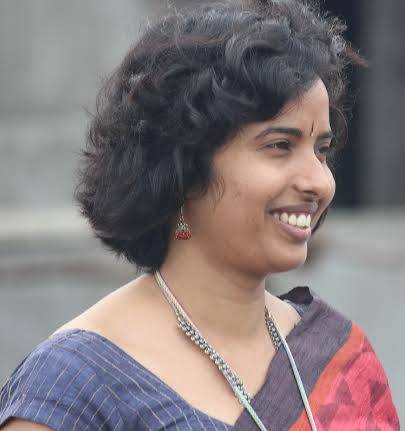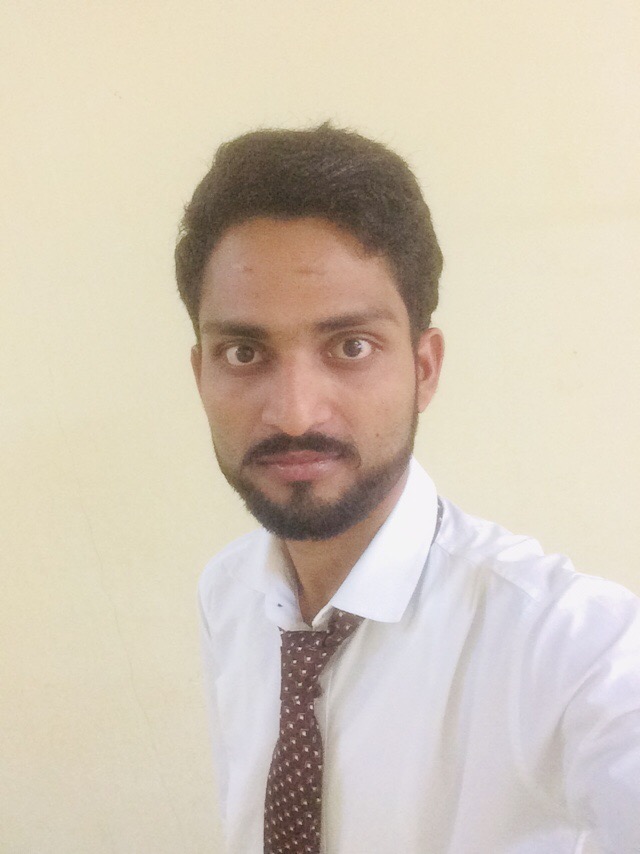Rajat Kumar Sonkar
 This year marks the 100th Anniversary of Mooknayak – a prototype of Ambedkar’s journalistic excellence. He became the torchbearer of the Dalit movement, a phenomenon which left no Indian untouched. The Ambedkar phenomenon has had an inevitable impact on the people and its presence can be felt in our everyday lives to-date. This is nothing less than a revolution, thereby making the Dalit movement one of the most progressive, effective movements in the history of independent India. It is the consciousness of the Dalits which fuelled the fire lit by Dr. Ambedkar and his movement. We have a great legacy and a huge responsibility of keeping this consciousness alive not just for the sake of it but to progress under its aegis for achieving a homeland of Babasaheb’s imagination.
This year marks the 100th Anniversary of Mooknayak – a prototype of Ambedkar’s journalistic excellence. He became the torchbearer of the Dalit movement, a phenomenon which left no Indian untouched. The Ambedkar phenomenon has had an inevitable impact on the people and its presence can be felt in our everyday lives to-date. This is nothing less than a revolution, thereby making the Dalit movement one of the most progressive, effective movements in the history of independent India. It is the consciousness of the Dalits which fuelled the fire lit by Dr. Ambedkar and his movement. We have a great legacy and a huge responsibility of keeping this consciousness alive not just for the sake of it but to progress under its aegis for achieving a homeland of Babasaheb’s imagination.
Dalit consciousness varies across individual experiences adding multiple dimensions to it. This makes it impossible to define. For some it means being aware of who they are? For others it is to forget who they are? It is symbolic for some people and pragmatic for others. Some explicitly embrace it while others are subtle about it. No single mould can produce an exact shape of Dalit consciousness. We are fortunate enough to have Bhimrao Ramji Ambedkar as our guiding light, following whom we can enlighten this consciousness of ours: the Dalit consciousness. His persona, his contribution as a lawmaker advocating affirmative action gives hope of a better future to millions.
Political freedom according to Ambedkar loses its relevance if social and economic freedoms are at stake. If we do not achieve freedom in the socioeconomic sphere, our politics will always fall short of its primary goal. A will to act is a prerequisite for social awakening. This social awakening isn’t a single lane highway; instead the common destination could be reached through different routes. It observes no time and space demarcations. A simple trigger maybe more than enough sometimes to give it a start (like the one which started in a hostel mess in Ahmedabad and gave rise to JP Andolan.) Education should be the starting point of progressing towards this realm. The educate in “Educate Agitate and Organize” should be understood in a broad sense. ‘Educate’ means reading Ambedkar. Getting to know him by reading about his life and works, about his mentors – Jotirao Phule and Iyothee Thas. To know the origins is the most vital exercise any day. What inspired Ambedkar? How and from where did he develop his ideas for struggle? His colossal knowledge, the agency of his reason and the logic behind should be the matter of our concern. This is definitely not a new summon. But what could be a refreshing exercise is to show faith in the letters and deeds of Ambedkar and its manifestation in our everyday life. In the lives of our friends, family and others.
What does it take to be socially free? Perhaps no one has an answer to this. The currency lies in the fact that what could be done to achieve such freedom. Surely rejecting superstitious beliefs would take us one step closer. An important but often ignored act of being sensitive in our use of language which has with the passage of time given space to casteist slangs and idioms would do a great favor to the psyche of subscriber and the subject. Above all, as history shows, it is only compassion (karuna) which could lead us to wisdom and progress. Only then can we think of freedom in the true sense.
Social freedom requires social intercourse i.e. the will to interact frankly keeping aside any value judgment. India is known for its ‘political intensity.’ The politically charged population is ever willing to jump into such ‘discussions.’ The point is that such discussions should necessarily give space for the social (aspect of the society) to percolate, which carries the potential to travel across human minds. This could trigger a change. Possibilities of misfires during such conversations are grave but logical knowledge and right reasons have always been acknowledged. From Phule to Ambedkar to Dalit Panthers, we have ample illustrations for this.
Talking on Dalit issues while acknowledging Dalit consciousness should not provide the license to label anyone as casteist, for this trend of labeling is the part of a larger brahmanical conspiracy deployed by ‘brahmanical factions’ to suppress the agitating voices. We think and talk about caste because caste is a living reality. It knits our social fabric. Moreover the ever-changing nature and adjustability of the caste system makes it all the more important a concern. Caste in its new avatar has evolved like a web overpowering the social, political and the economic spheres of Indian society.
Media has become most important today. Its immediate and direct exposure to the population is one of the reasons for its popularity. Media shapes our general thinking. It has done it in the past–like the time when Ramayana was brought to televisions it became quite a heavy phenomenon. The kinds of programmes they serve, the television serials, articles, write-ups and news, all of it contributes in shaping our mentality. More importantly the way they present these pseudo-genuine content with authority attracts the general public. The advertising of religion and caste based matrimonials is definitely not a service to the society. All this extravaganzas the media carries out brings no substantive benefit for the exploited minority. Media had been instrumental in the past but today in these times of undeclared emergency, we can hope no better from the ‘mainstream media.’ It is in the backdrop of such circumstances that the need for an ‘alternative media’ is felt. Platforms which may broadcast content the way they are. An alternative to keep people informed and educated about issues of polity, society, history and the likes. Something on the lines of Mooknayak.
In a world where fake news and false propaganda has taken over, one should carefully look for an alternative, like what Dalit media today offers. ‘The history of our world has been the history of the powerful.’ Even today the power lies in the hands of brahmanical hegemony. It has shaped the way society responds, drawing upon conventional or popular opinions of infected thoughts and sanctions. What has traveled as the popular opinion since a long, long time is not the one always right. It has been wrong from the Dalit perspective for an astronomically depressing number of times. It’s high time that we should vouch for the alternative opinions no matter how diverse, distinct or opposite they may be–for ours have been an alternative history. These alternative opinions have empowered Dalit consciousness since the times of Buddha.
We are driven by economy today. Our status, well being, purchasing power, living standards–all depend on the economy, directly or indirectly. It can be easily argued that it is the most important part of our everyday life. Economic solidarity is directly proportional to sustenance of Dalit consciousness. The reason why Mooknayak ran out of operation was lack of funds. An unbefitting reason for an indispensable cause. The idea of freebies has irreparably damaged the minds of people. Free products like Whatsapp and Facebook have enslaved us. They control and regulate our thinking. Their content makes us think the way they want on the matters they find suitable. This idea of free products or services controlled by the powerful elites to serve their own interests has cost us a lot and would continue to do so. The responsibility is on us to come together and pledge our commitment towards helping the Dalit media, which is the mouthpiece of the poor and the oppressed, the voice of the Dalit consciousness.
When well-to-do people at a bookstall of a prominent Dalit Publishing House ask for unreasonable discounts, it demeans those working tirelessly hard for the elevation of Dalit media. Even the acknowledgments turn meaningless and serve no purpose to reach Babasaheb’s aspirations. We must realize that Babasaheb was a pragmatist and surely economic solidarity is the most practical thing he himself would have taken a stand for, had he been alive.
Today is a different era. The mainstream media packed with resources, advertisements and sponsorship is moving towards a subscription based economy with the promise to show ‘real unbiased news.’ Yet the promise remains far from reality and highly biased on the ground. Dalit media today is one of our few hopes pregnant with innumerable alternative narratives. It speaks of Bahishkrit Bharat.
What could be a good practice is to buy writings and books of writers and thinkers who pen down Dalit issues compellingly. Some put great labor for research and analysis while writing whereas others draw portraits of their own experiences on the canvas of life. They put in a lot of thinking in explaining the society in concrete. This would be a far better practice than spending on katha-kahani or dropping down your hard earned money in the dan-petis. Read the articles people write on Dalit platforms of national and international importance, watch what the dignitaries offer on such platforms. They talk not as mouthpieces of the ruling class but as a voice of the marginalized.
Challenges for the Dalit media ahead
Illuminating information, rich content with citations is something which should be at the center. A diverse team having people from different walks of life such as literature, arts, science, social sciences would provide the right course of action. Debates and discussion should become a regular part of the whole. All this would help in creating a space for Dalit media in the system. Use of present day technology like mobile applications, micro-blogging websites would expand the outreach. A ‘free media’ or a ‘media which is free’ in its true sense: a choice has to be made.
The uniqueness of Dalit media lies in the heterogeneity and quality of content. Just go through any of these alternative platforms and you would be convinced. This truly is revolutionary. Some may be of the impression that content which these platforms provide are queer and unacceptable. With a liberal mind, some may even go on to digest the content. But this doesn’t solve the problem, as for many it is still just a piece of content and not the reality. This on the whole reduces the effectiveness of such social initiatives and such platforms are then looked upon with despair. This conditioning of mind which refuses such narratives without giving it a thought on the parameters of reason and logic is the greatest evil brahmanism has given birth to. It impairs society and should be immediately annihilated. The works of these platforms candidly reflects the harsh realities of our society across history, mythology, politics and religion and what not.
An alternative history waits to be told. A history of the neglected and the oppressed. The idea is to reason, understand and talk about it followed by its manifestation in our everyday lives. It is only then we can hope to see a Prabuddha Bharat.
~~~
Rajat Kumar Sonkar is a student of law pursuing LLB from the University of Delhi.










